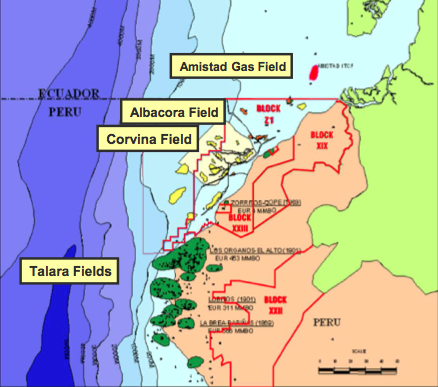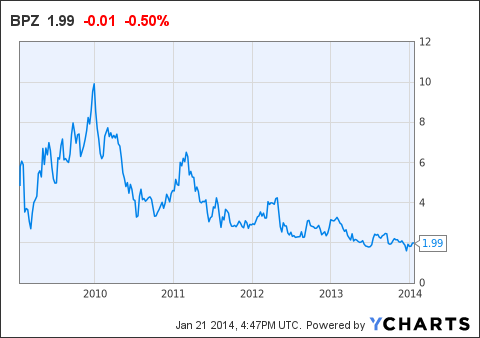DATA: PRODUCTION, TRENDS, AND CONSTRAINTS
This report provides an in-depth evaluation of the various unconventional energy resources behind the
recent “energy independence” rhetoric, particularly shale gas, tight oil (shale oil), and tar sands. In
particular, the shale portions of this report are based on the analysis of production data for 65,000
wells from 31 shale plays using the DI Desktop/HPDI database, which is widely used in industry and
government.
Shale gas
Shale gas production has grown explosively to account for nearly 40 percent of U.S. natural gas
production. Nevertheless, production has been on a plateau since December 2011; 80 percent of shale
gas production comes from five plays, several of which are in decline. The very high decline rates of
shale gas wells require continuous inputs of capital—estimated at $42 billion per year to drill more than
7,000 wells—in order to maintain production. In comparison, the value of shale gas produced in 2012
was just $32.5 billion.
The best shale plays, like the Haynesville (which is already in decline) are relatively rare, and the
number of wells and capital input required to maintain production will increase going forward as the
best areas within these plays are depleted. High collateral environmental impacts have been followed
by pushback from citizens, resulting in moratoriums in New York State and Maryland and protests in
other states. Shale gas production growth has been offset by declines in conventional gas production,
resulting in only modest gas production growth overall. Moreover, the basic economic viability of many
shale gas plays is questionable in the current gas price environment.
require about 8,600 wells per year at a cost of over $48 billion to offset declines. Tight oil production is
projected to grow substantially from current levels to a peak in 2017 at 2.3 million barrels per day. At
that point, all drilling locations will have been used in the two largest plays (Bakken and Eagle Ford) and
production will collapse back to 2012 levels by 2019, and to 0.7 million barrels per day by 2025. In
short, tight oil production from these plays will be a bubble of about ten years’ duration.
Tar sands
Tar sands oil is primarily imported to the U.S. from Canada (the number one supplier of U.S. oil imports),
although it has recently been approved for development in Utah. It is low-net-energy oil, requiring very
high levels of capital inputs (with some estimates of over $100 per barrel required for mining with
upgrading in Canada) and creating significant collateral environmental impacts. Additionally it is very
time- and capital-intensive to grow tar sands oil production, which limits the potential for increasing
production rates.
Production growth forecasts have tended to be very aggressive, but they are unlikely to be met owing to
logistical constraints on infrastructure development and the fact that the highest quality, most
economically viable portions of the resource are being extracted first. The economics of much of the
vast purported remaining extractable resources are increasingly questionable, and the net energy
available from them will diminish toward the breakeven point long before they are completely extracted.
Other resources
Other unconventional fossil fuel resources, such as oil shale (not to be confused with shale oil), coalbed
methane, gas hydrates, and Arctic oil and gas—as well as technologies like coal- and gas-to-liquids, and
in situ coal gasification—are also sometimes proclaimed to be the next great energy hope. But each of
these is likely to be a small player in terms of rate of supply for the foreseeable future even though they
have large in situ resources.
Deepwater oil and gas production make up a notable (yet still small) share of U.S. energy consumption,
but growth prospects for these resources are minimal, and opening up coastal areas currently under
moratoriums would expand access to only relatively minor additional resources. Production of biofuels
(although they are not fossil fuels) is projected to be essentially flat for at least the next two decades
(while requiring significant fossil fuel inputs) and will remain a minor player in terms of liquid fuel
consumption.
CONCLUSION
The U.S. is a mature exploration and development province for oil and gas. New technologies of large
scale, multistage, hydraulic fracturing of horizontal wells have allowed previously inaccessible shale gas
and tight oil to reverse the long-standing decline of U.S. oil and gas production. This production growth
is important and has provided some breathing room. Neverthelessrequire about 8,600 wells per year at a cost of over $48 billion to offset declines. Tight oil production is
projected to grow substantially from current levels to a peak in 2017 at 2.3 million barrels per day. At
that point, all drilling locations will have been used in the two largest plays (Bakken and Eagle Ford) and
production will collapse back to 2012 levels by 2019, and to 0.7 million barrels per day by 2025. In
short, tight oil production from these plays will be a bubble of about ten years’ duration.
Tar sands
Tar sands oil is primarily imported to the U.S. from Canada (the number one supplier of U.S. oil imports),
although it has recently been approved for development in Utah. It is low-net-energy oil, requiring very
high levels of capital inputs (with some estimates of over $100 per barrel required for mining with
upgrading in Canada) and creating significant collateral environmental impacts. Additionally it is very
time- and capital-intensive to grow tar sands oil production, which limits the potential for increasing
production rates.
Production growth forecasts have tended to be very aggressive, but they are unlikely to be met owing to
logistical constraints on infrastructure development and the fact that the highest quality, most
economically viable portions of the resource are being extracted first. The economics of much of the
vast purported remaining extractable resources are increasingly questionable, and the net energy
available from them will diminish toward the breakeven point long before they are completely extracted.
Other resources
Other unconventional fossil fuel resources, such as oil shale (not to be confused with shale oil), coalbed
methane, gas hydrates, and Arctic oil and gas—as well as technologies like coal- and gas-to-liquids, and
in situ coal gasification—are also sometimes proclaimed to be the next great energy hope. But each of
these is likely to be a small player in terms of rate of supply for the foreseeable future even though they
have large in situ resources.
Deepwater oil and gas production make up a notable (yet still small) share of U.S. energy consumption,
but growth prospects for these resources are minimal, and opening up coastal areas currently under
moratoriums would expand access to only relatively minor additional resources. Production of biofuels
(although they are not fossil fuels) is projected to be essentially flat for at least the next two decades
(while requiring significant fossil fuel inputs) and will remain a minor player in terms of liquid fuel
consumption.
CONCLUSION
The U.S. is a mature exploration and development province for oil and gas. New technologies of large
scale, multistage, hydraulic fracturing of horizontal wells have allowed previously inaccessible shale gas
and tight oil to reverse the long-standing decline of U.S. oil and gas production. This production growth
is important and has provided some breathing room. Nevertheless, the projections by pundits and some
government agencies that these technologies can provide endless growth heralding a new era of
“energy independence,” in which the U.S. will become a substantial net exporter of energy, are entirely
unwarranted based on the fundamentals. At the end of the day, fossil fuels are finite and these
exuberant forecasts will prove to be extremely difficult or impossible to achieve. At the end of the day, fossil fuels are finite and these
exuberant forecasts will prove to be extremely difficult or impossible to achieve.
Source: Drill Baby Drill: Can Unconventional Fuels Usher In a New Era of Energy Abundance
By David Hughes Feb. 2013 POST CARBON INSTITUTE


